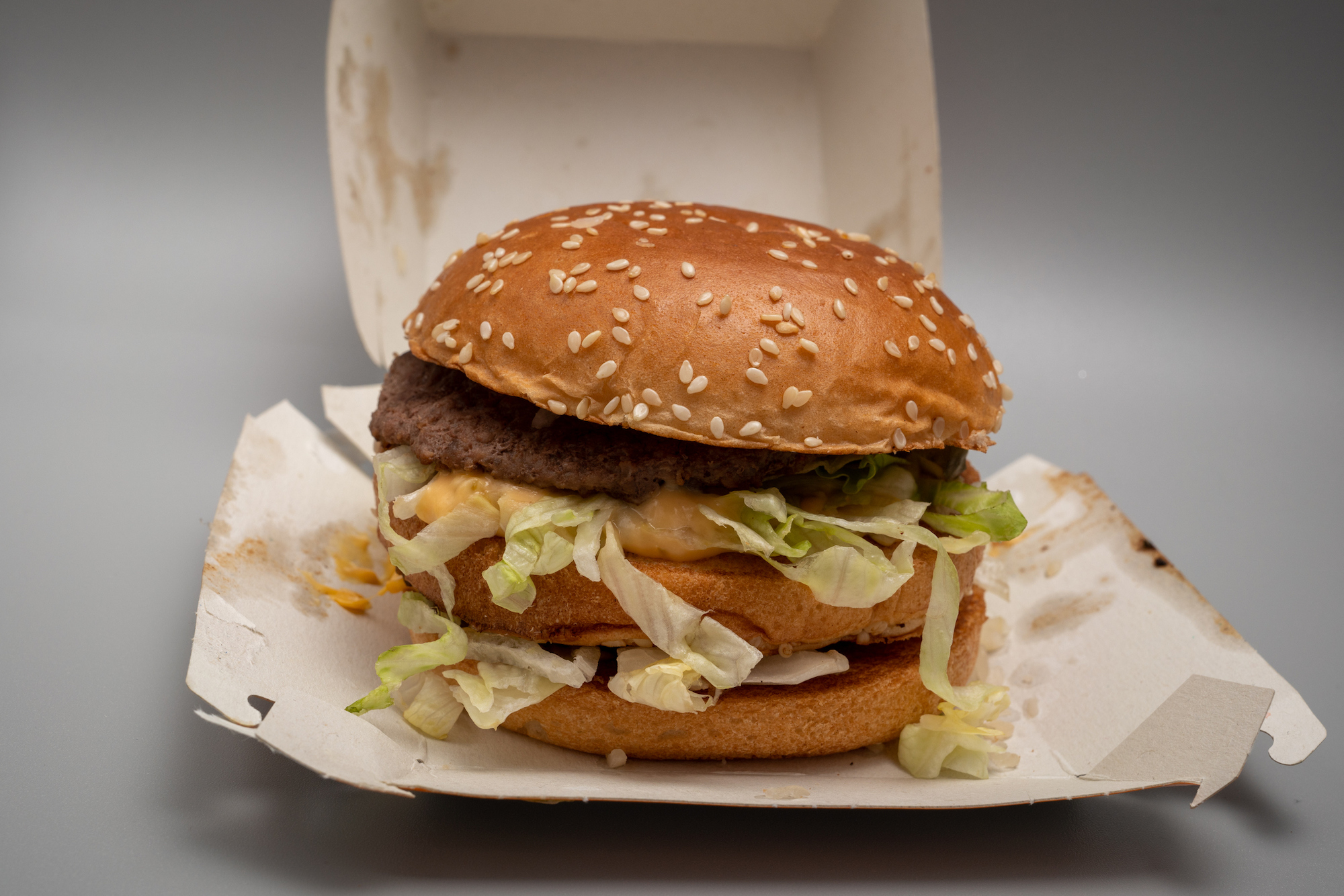Investigating the food environment to increase wellbeing.
Poor diet has been shown to be one of the largest risks to health and which an urgent need for action to improve dietary behaviour. But when it comes to changing eating patterns – are we too focussed on an individual M.O. (modus operandi – or method of operation) and not enough on the M.M.O. (means, motive and opportunity) individuals exercise to eat well?
Everyone needs down time, a way to relax after a busy week. Perhaps a favourite TV show? Something easy to follow? Maybe even with a predictable format or plot line. Mine is investigative or courtroom drama. The predictable plotline? A thief is recognised by their familiar method, or a defendant convicted after it is established that they had the means, motive, and opportunity to commit a crime. Recently, a trailer for one of these programs starting me thinking about the difference between these two plotlines. Particularly how this applies to our thinking about dietary behaviour, and how we go about creating programs to support people to adopt behaviours to better support their health and wellbeing.
Means, motive and opportunity
Many healthy eating programs, campaigns and policy initiatives focus on the individual and ignore other factors. These include education, information, guidelines, and persuasive messaging—which at a population level, have little effect. These strategies effectively ask individuals to become ‘motivated’ and take on a different M.O. Given the complex and challenging food environments we live in, it is not easy to turn this motivation into action.
If we shifted our focus to the M.M.O., we would need to consider whether individuals have the means, motive, and opportunity to make healthy food choices; to establish behavioural habits, practices and patterns that support their wellbeing. Means can be considered as ability or capability; but together with motivation and opportunity all three are considered necessary for behaviour to occur.
“Opportunities to eat healthfully within communities varies greatly across different areas. Studies have shown that types of food stores are different in across these areas, with more takeaway stores known to provide foods high in fat, salt and sugar.”

Where you live may be adding to poor food choices
The food environment has a strong influence on our food choices, particularly for children, adolescents, and those from low socio-economic backgrounds. Opportunities to eat healthfully within communities varies greatly across different areas. Studies have shown that types of food stores are different in across these areas, with more takeaway stores known to provide foods high in fat, salt and sugar. Our work has shown that suburbs classified as more disadvantaged offer less availability of health foods, less information to support healthy eating, and a different pricing structure—healthy alternatives (for example, wholemeal bread) are often premium priced (given a higher price) in comparison to their less healthy equivalents (such as white bread).
Some adults have occupations that prevent them from preparing their own meals everyday (such as shift workers, fly-in fly-out workers, and the military). They spend time working away from home, often for long periods, and are heavily reliant on catered food services, or nearby food outlets—which often do not support healthy eating. Their occupational duties can be demanding and provide only short meal breaks. If they are new in the role, they may be experiencing a time of change and disruption, after moving away from home, and having to adjust to a new work pattern. This can lead to comfort eating which often involves consuming foods that are not considered central to a healthy diet.
Some behaviours that contribute to dietary patterns are subject to automatic or low-level conscious actions. Cues in the physical eating environment and social sphere can trigger hunger, choice of one item over another, and the amount of food eaten. People choose foods that are visually stand out, and that are easy to serve, or eat. This is especially so when people are tired, busy, or distracted.

Deliberate choices
How should we move forward to create positive dietary behaviour change? Working with, and not for people, is crucial. Understanding what people want and need allows for programs to be designed with their involvement, to understand which program elements are most likely to engage them, and which barriers individuals find most frustrating and obstructive. Critical examination of the context in which behaviour occurs is also needed to determine what factors might prompt automatic behaviours, which would indicate how the environment can be shaped to better support healthy behaviour. Understanding how elements interact as a system allows for capacity building partnerships (with experts and stakeholders) to be created to foster system-wide or collective action to change systemic elements that currently make healthy behaviour challenging. Efforts need to move beyond (only) asking individuals to change and extend to those who can progress substantive change to improve food environments.
Are there things we can we do to improve our own dietary behaviour – or that of our family, friends, or wider community? Although it requires some motivation initially, we can make structural changes in our home to help us when our motivation is absent or low. Making healthy options more convenient (for example by keeping them in reach) and making unhealthy items inconvenient (keeping them out of sight, and hard to reach) can increase healthy eating. Similarly, using small portions for unhealthy snacks (a small bowl or packet for a treat), and larger containers for healthy foods (a large bowl to serve a salad) can also increase healthy eating. Studies have shown these small changes are effective. In fact, they are effective when we apply them to healthy foods to increase consumption, but they have an even greater effect when we apply them to unhealthy foods to decrease consumption. These types of approaches have also been effective with children and adolescents.
We might be reliant on others in food service systems to make changes outside our homes, but we are not completely powerless to drive change. Consumers are demanding foods that are healthy, natural and sustainable. As consumer hunger (pardon the pun) for these products grows, the demand shapes supply. We can all use the consumer dollars we have to contribute to driving these changes. Using our consumer voice through advocacy (citizen juries) consumer communications (to government officials, consumer protection agencies or the relevant ombudsman) are considered to be underutilised methods to generate collective pressure on governments and food companies to create a more supportive food environment.
As a society, we need to do things differently. We can no longer continue to ask people to carry the responsibility for their health alone, by asking them to overcome a challenging food environment. We need to ask ourselves, our business leaders and government leaders what we can collectively do to create the means, motivation, and opportunities for people to live their best life.
Author
 Dr Julia Carins is an Associate Professor in Social Marketing @ Griffith at Griffith University. Julia has extensively partnered with industry and government to conduct research and develop programs focused on creating supportive environments, fostering collective action towards systemic change, and developing engaging individual behaviour change strategies to increase impact. She is passionate about enabling and empowering people to eat well, which allows them to give their best and live their best.
Dr Julia Carins is an Associate Professor in Social Marketing @ Griffith at Griffith University. Julia has extensively partnered with industry and government to conduct research and develop programs focused on creating supportive environments, fostering collective action towards systemic change, and developing engaging individual behaviour change strategies to increase impact. She is passionate about enabling and empowering people to eat well, which allows them to give their best and live their best.
Share on facebook
Share
Share on twitter
Share
Share on linkedin
Share
